Marc Lichte’s Audi e-Design
- Electromobility is changing the automotive design of the future. Marc Lichte, Head of Audi Design, on the most important features in the exterior design of the Audi e-tron.
“Times have never been as exciting for us car designers as they are today. Right now is the best time to rethink automotive design, to redesign it – in short: to lead automotive design into the future. The transformation to electromobility paves the way for this. For the past 100 years, car design has always been thought of in the same way. The focus was on the masterpiece engine. A body was designed around it that looks nice. And at the very end, an interior was determined.
The future is thought exactly the opposite. Because with electromobility the technological masterpiece of the internal combustion engine no longer exists. The focus is on the customer and their wishes. For which use case should the car be? Long distance, city, leisure? What does the right interior have to look like? Should I be able to work, read, sleep in it? And at the very end, we designers design the exterior.
We are pursuing a clear strategy for this transformation: We do not offend our customers with irritating designs. Because e-mobility is a completely new approach to getting around that demands openness from customers. We take our customers step by step on this joint journey into the future. With every new Audi electric vehicle, we will become more progressive in design. One thing will always remain in place: all Audis are extremely attractive in design. Because that is one of the Audi core values that I stand for with my entire design team. ”
The magic of proportions
“The basis for a good design are the proportions. The technical platform of electric cars enables us designers to create vehicle proportions that we have long dreamed of. When we sketch vehicle designs, we always draw huge wheels and short overhangs. This is of course abstracted, like the sketch of a fashion designer who also sketches the model’s legs extra long when designing a dress.
These vehicle proportions are now becoming a reality. The engines of the Audi e-tron sit on the axles, the battery in the floor in between, the vehicle cabin in the middle grows in size and pushes the larger wheels outwards (in order to be able to carry the weight well). The A-pillar moves significantly further forward, there is no longer an engine under the front hood. Giant wheelbase, giant wheels, small overhangs: These completely new proportions define the unique character of electric vehicles. ”

You can recognize an Audi by its face
“Audi has a long tradition as the most progressive supplier of premium vehicles. We’re not an electric start-up that draws a new car shape on a blank sheet of paper. At Audi, the single-frame grill on the front is the signature, it makes us stand out from the crowd as a face.
The Audi Singleframe connects the cooler above and below to form a unit. But: what to do if an electric vehicle no longer has a cooler? How do we show that it’s an electric car and still an Audi? My team had an idea that was as simple as it was ingenious: The single-frame grill on an Audi with a combustion engine is always black because it is open and ventilates the radiator behind it. With the Audi e-tron, the single frame is optically inverted, always in the body color and framed in dark. From a distance you can tell like this: It’s an Audi, but it’s an electric vehicle. The single frame turns an Audi into an Audi. Also an electric Audi. ”
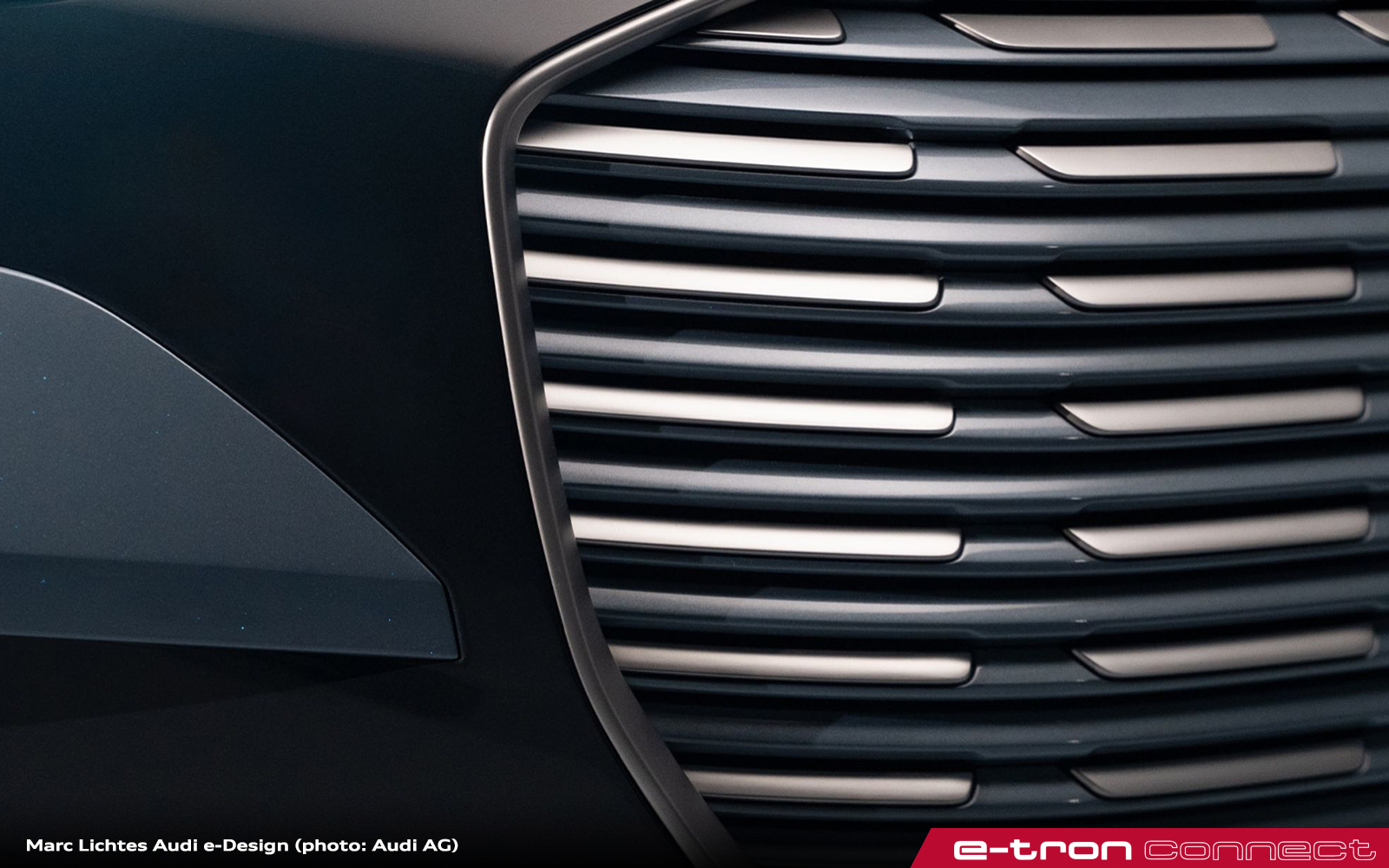
Digital light visualizes the lead
“Each of our designs must first and foremost shine: Here comes an Audi. But of course an electric car also has to say very clearly: This is where the future comes. And the future is digitization – like the light of the Audi e-tron. The production version of the Audi Q4 e-tron concept will have digital daytime running lights. I am very proud of that. The special thing about it: Each customer can design this digital daytime running light graphic individually. One might like three X’s in the light silhouette, the other prefer a horizontal stripe. This is not just personalization, but above all: digitization made visible. Incidentally, this does not only apply to the front lights, but also to the rear lights, which are also connected by an animated strip of lights.
We are already working to ensure that the headlights can communicate with passers-by in the future. That is a prerequisite for autonomous driving. If, in future, eye contact between pedestrians and drivers is lost in city traffic, for example because the driver reads his email when driving autonomously, the headlights will have to take over this communication.
With digital light we are becoming more progressive step by step. Every future Audi e-tron will have these functions. ”
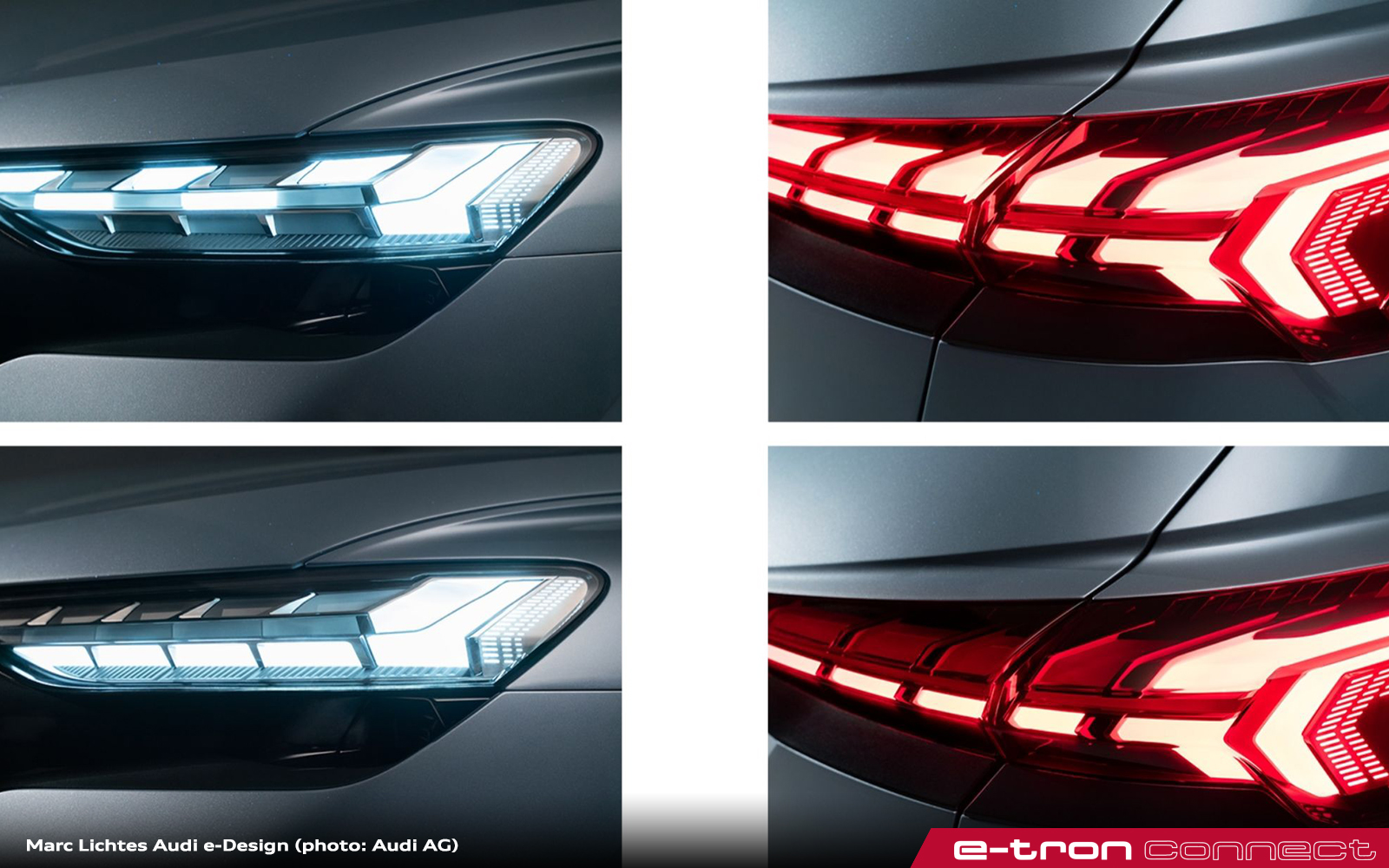
The sill emphasizes the heart
“With electromobility, the heart of the vehicle is no longer the engine under the bonnet, but the battery in the vehicle floor. What capacity does it have, how light is it and what range does it allow? That is why every Audi e-tron has an expressively designed sill that clearly signals: This is where the heart of the car now lies. The front hood of the Audi e-tron has a much quieter design. Power domes on the hood are a thing of the past.
Speaking of batteries: The air intakes in the front, left and right of the single frame, are open in parts of the blinds, unlike in the single frame. They direct air to the battery in the vehicle floor to cool it. Because a heated battery charges more slowly. The Audi e-tron have a particularly efficient cooling system and therefore charge very quickly. ”
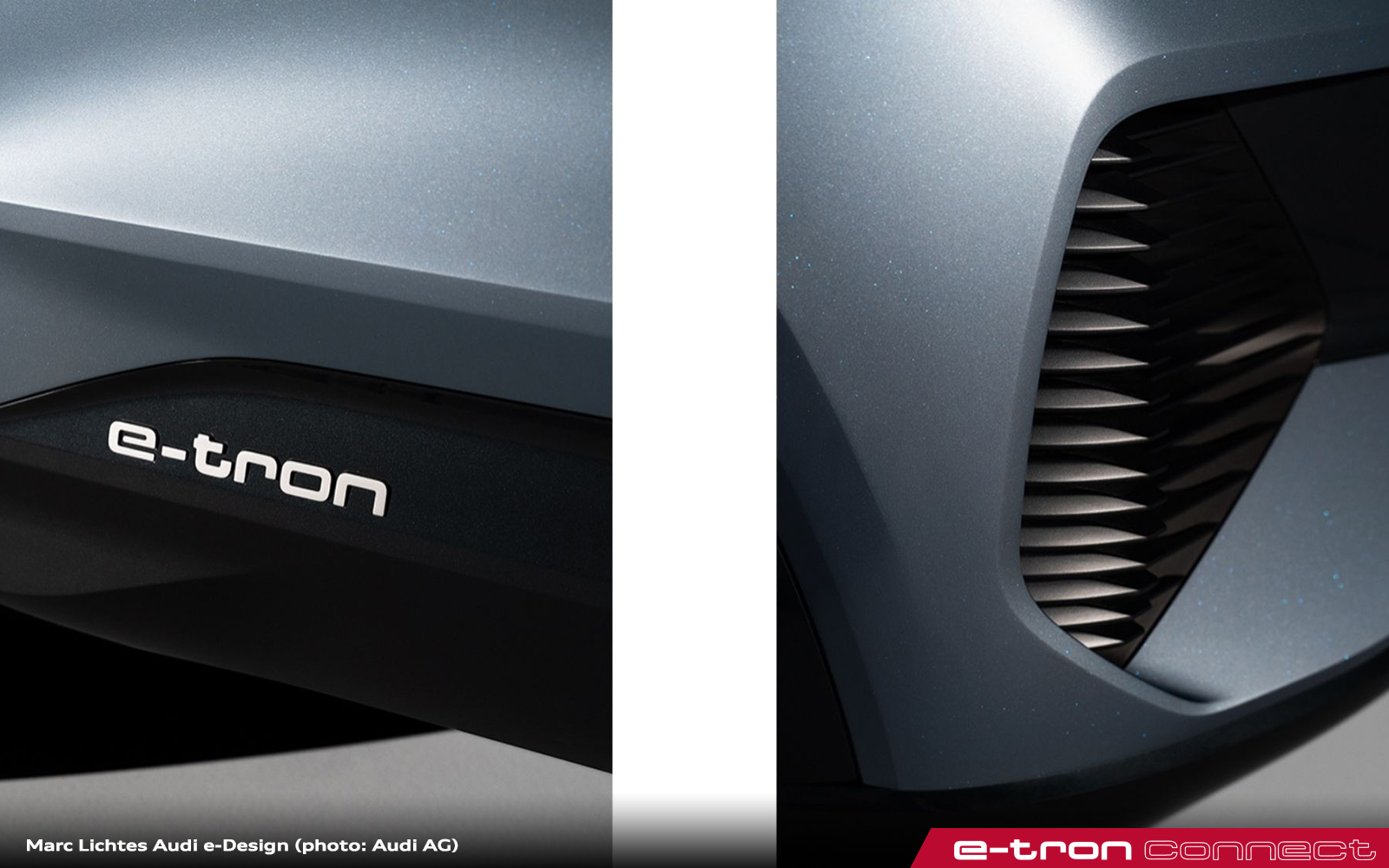
Muscles refer to the quattro gene
“An Audi with a combustion engine has many hard edges in its design. The Audi e-tron models of the future, on the other hand, show softer and more pronounced muscles. We are thus making this evolution of the drive clear in the design of the vehicles. We interrupt the shoulder line of the design, which ran at the same height for decades, in the middle of the side of the vehicle, put it down and emphasize the muscles of the vehicle silhouette at the front and rear with soft lines – and thus all four wheels.
This is also reminiscent of the quattro drive, which is deeply anchored in the Audi genes. Because with the Audi e-tron, all four wheels are optionally driven.”

Aerodynamics are more important than ever
“Not only is progressive design firmly anchored in the Audi brand, but also progressive thinking for sustainability. All Audi are of course shaped in the wind tunnel to be as efficient as possible. Less wind resistance means: fewer energy resources are required for propulsion. That is why we pay particular attention to the aerodynamic design of all of our Audi e-trons. In the case of electric vehicles, aerodynamics – among many other factors – can increase the range. As designers, we see ourselves clearly committed here.
The overall body of our Audi e-tron is a streamlined teardrop shape with a fast, flowing roof; the lines draw in at the rear and lead to deliberate, sharp tear-off edges. In the sideline, the front and rear wheels are molded into a straight edge. The entire underbody of the Audi e-tron is covered in a streamlined manner, it ends in the diffuser at the rear. And the new rims are also aerodynamically clad and still look like a sporty wheel with spokes.
Last but not least, our virtual exterior mirrors also contribute to very low air resistance – and make the edge visible. ”
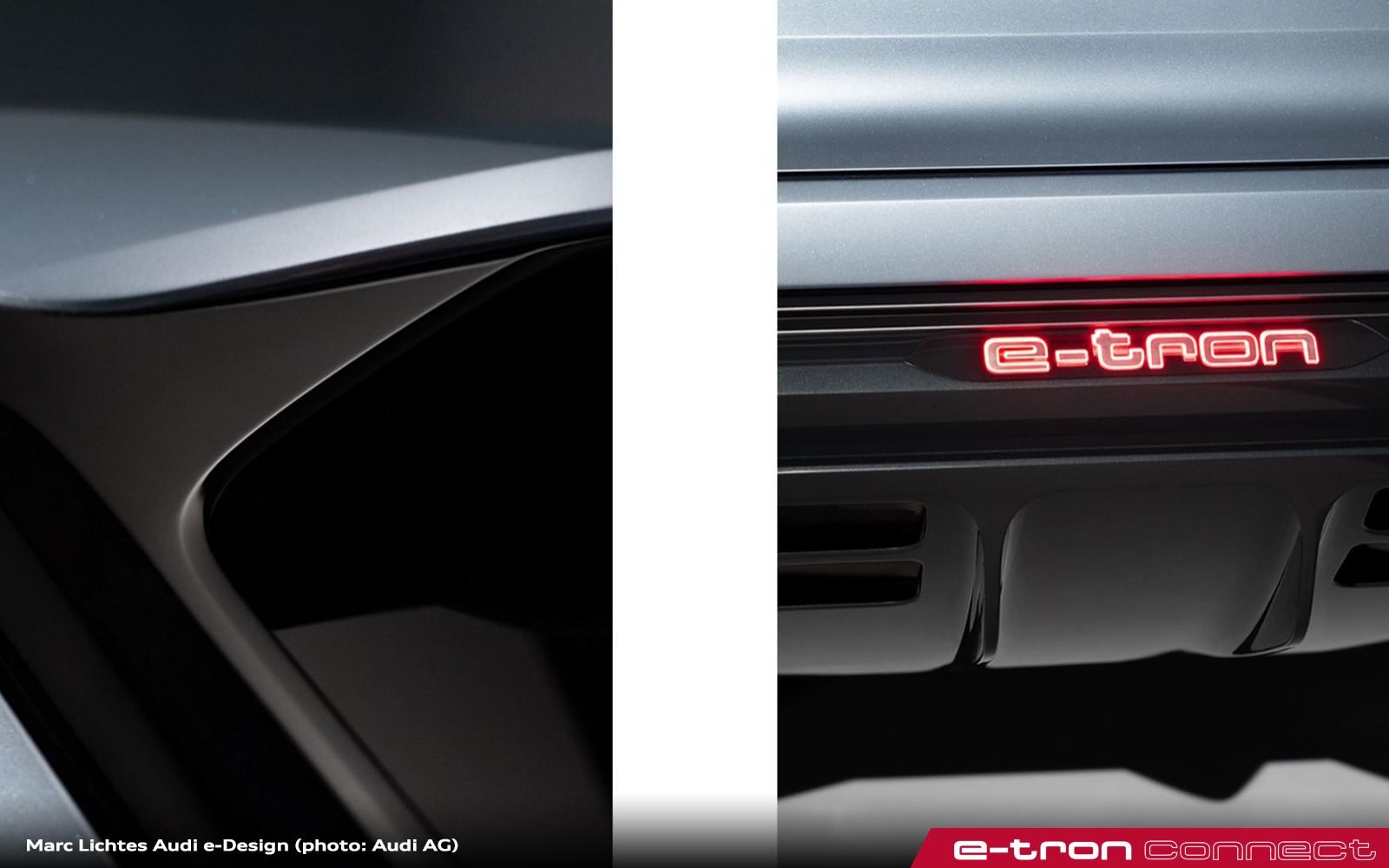
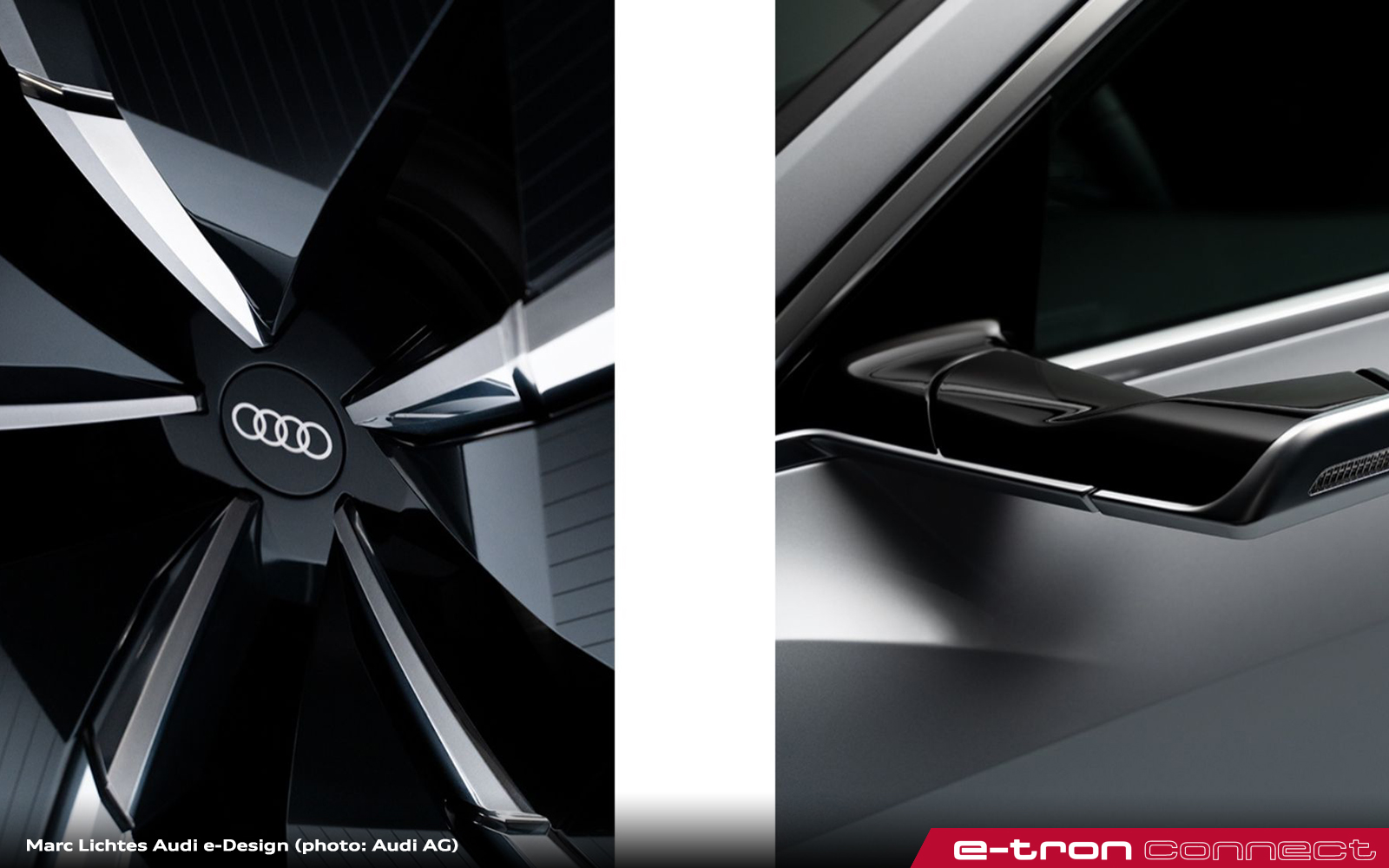
Thinking about sustainability further
“Sustainability is reflected in all facets in our attitude. For example, our engineers developed a paint for the Audi e-tron that reflects significantly more sun. The vehicle heats up less, the air conditioning system has to cool less and uses less valuable electricity from the vehicle battery.
And just a brief note on the interior of the Audi e-tron at the end: Recycled fabric will replace leather in premium vehicles in the not too distant future. Audi will also have a vegan line for interior fittings. We are also expressing the paradigm shift in the new, sustainable drive concept of electromobility in the interior. ”

Marc Lichte
Marc Lichte, 51, began his professional career at Volkswagen AG in 1996 while studying transportation design at Pforzheim University. Marc Lichte has been Head of Audi Design since 2014. In this position, he is responsible for a team of over 400 designers and, in addition to exterior and interior design, also the area of Color & Trim and the design of the racing cars. With the design of the Audi Prologue Concept 2014, Lichte redefined the future of the luxury class at Audi. 2015 saw his first vision of an Audi electric vehicle with the Audi e-tron quattro concept. Most recently, Marc Lichte showed with the show cars AI: CON, AI: ME, AI: RACE and AI: TRAIL which vehicle concepts could await us in the future.

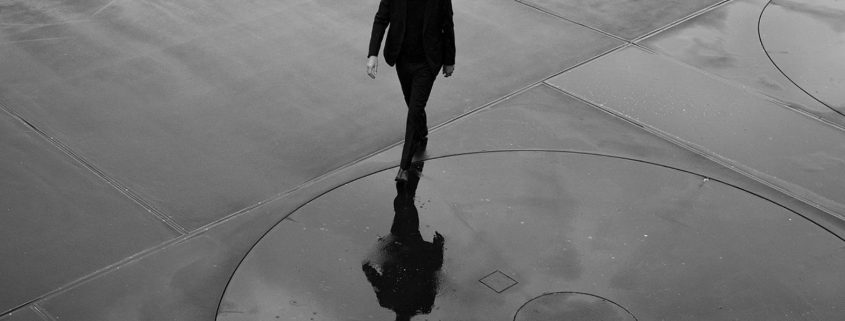
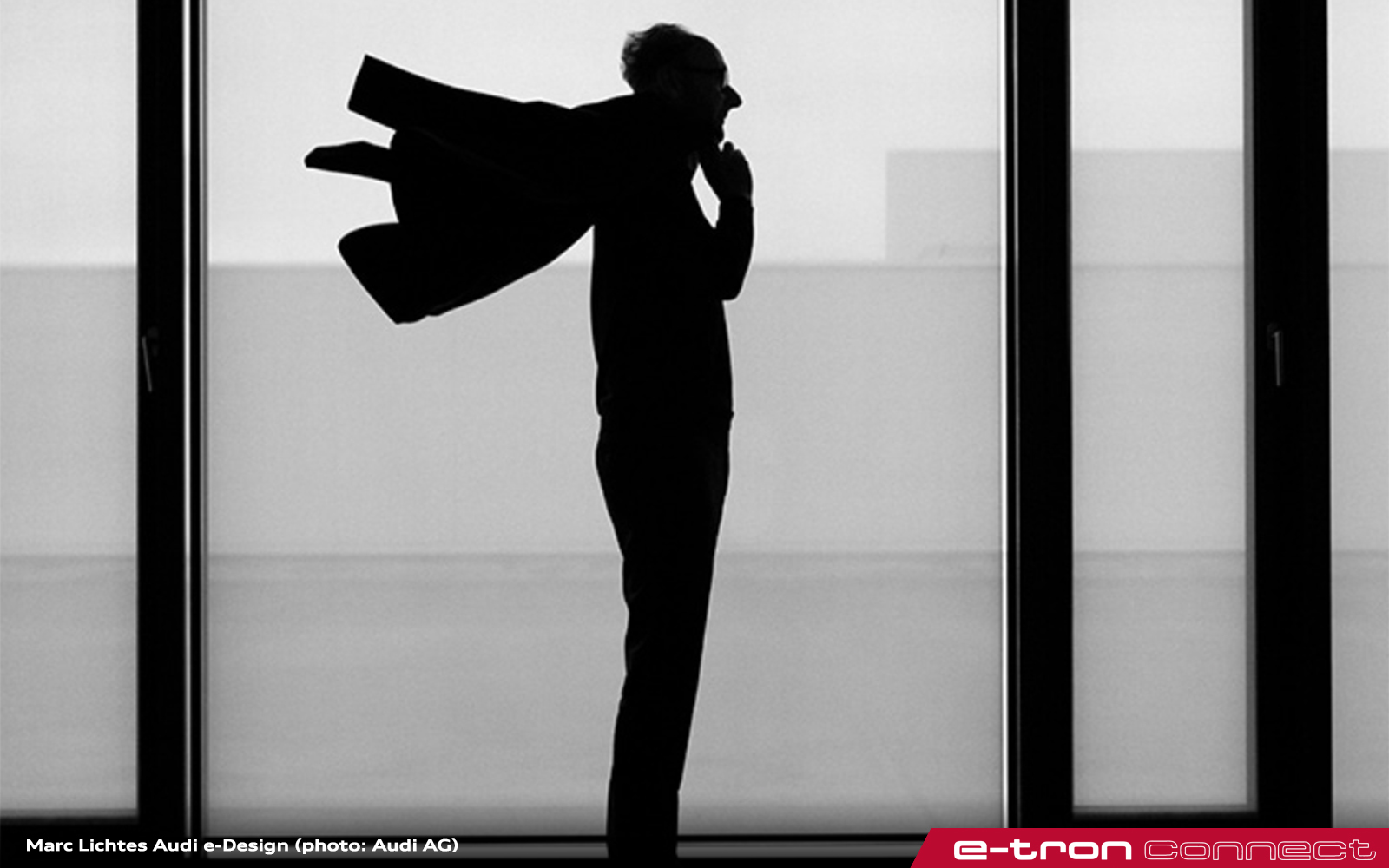

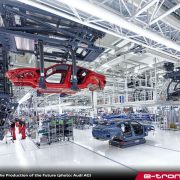



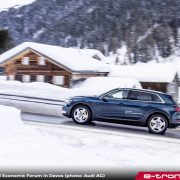
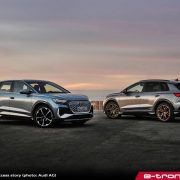

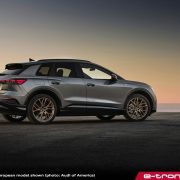


Leave a Reply
Want to join the discussion?Feel free to contribute!